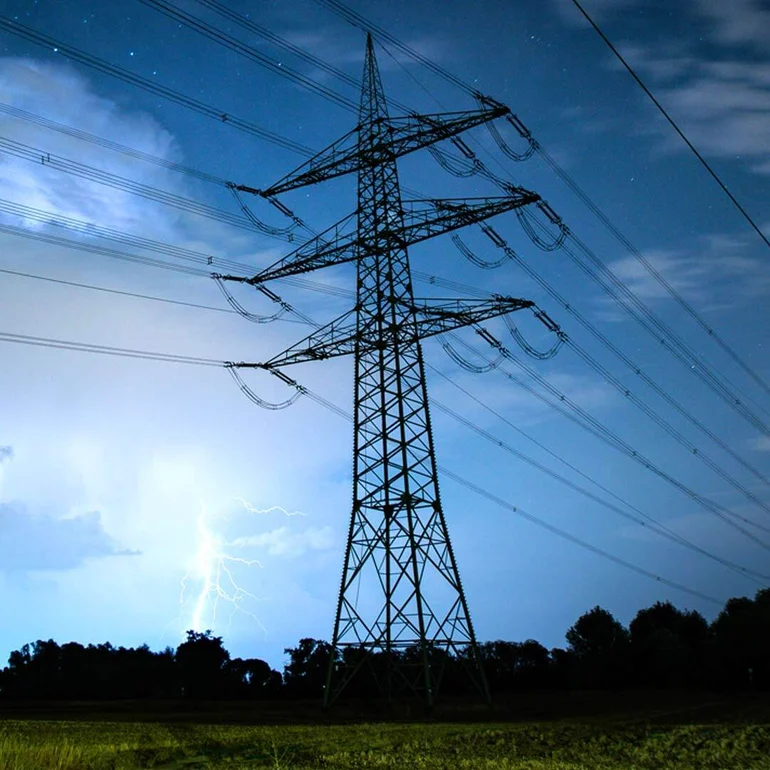Distribution network operators (DNOs) maintain and operate extensive overhead line networks. During large-scale events such as storms, these lines can develop faults caused by damage, leading to outages for many people.
To restore their power, DNOs temporarily re-energise these sections of overhead lines using generators whilst faults are repaired. However, this can be time-consuming and difficult to deploy, requiring the use of many generators and complicated by some ground conditions preventing effective earthing.
DNOs have previously considered an alternative method of earthing to facilitate power restoration, however this approach has not yet been sufficiently investigated.
The Solution
The project will develop and test a high voltage (HV) inversion unit incorporating ‘impedance earthing’. This unit will enable re-energisation of the HV network using a single low voltage (LV) generator and step-up transformer, allowing DNOs to restore power to customers more efficiently.
Currently, modelling is taking place to predict the behaviour of the HV inversion unit under various fault conditions. This will determine the theoretical safety and feasibility of this new system.
If this modelling proves successful, the system will be tested using the facilities at the Power Networks Demonstration Centre in Scotland. An existing inversion unit (provided by UKPN), will be adapted to utilise impedance earthing. This testing will establish whether the practical behaviour of the unit aligns with the predictions made during modelling, ensuring safe and reliable operation of the system.
Following practical testing, Threepwood Consulting will analyse the results from the modelling and testing stages to produce a high-level specification for the HV inversion unit
Partners
The EIC are facilitating a NIA funded collaborative project between Northern Powergrid, SP Energy Networks, UK Power Networks and Threepwood Consulting Ltd.
This collaboration between multiple stakeholders and a small innovator is enabling the development of this solution from TRL3 to TRL7. When the project is complete, each network will be able to tailor the solution to meet their individual requirements.
When deployed into business as usual (BAU), the solution will provide significant benefits by increasing the networks’ ability to restore power to many customers during outages.
The Project
The project will focus on three primary areas:
1. Theoretical Modelling: To determine the theoretical safety and feasibility of reenergising the HV network using impedance earthing
2. Practical Testing: To establish whether the theoretical modelling has produced reliable results that align with the use of the HV inversion unit in practice
3. Analysis & Reporting: To compare the results from modelling and practical tests in order to produce a high-level specification for the unit.
New Learning
Understanding the safety and feasibility of implementing impedance earthing to reenergise the HV network.
New Steps
Following completion of this project, Threepwood will produce a draft technical specification for the inversion unit required to conduct impedance earthing. This will include essential manufacturing parameters, allowing each DNO to tailor the solution to meet their specific needs.
The implementation of the new earthing system could enable a more rapid deployment of temporary generation in the event of faults or routine work. Presently, the only approved method can require additional site work to connect the generator. This additional time can delay critical supply restoration to customers in often remote parts of our network.
Technical Services Manager (Northern), Northern Powergrid Michael Crowe

